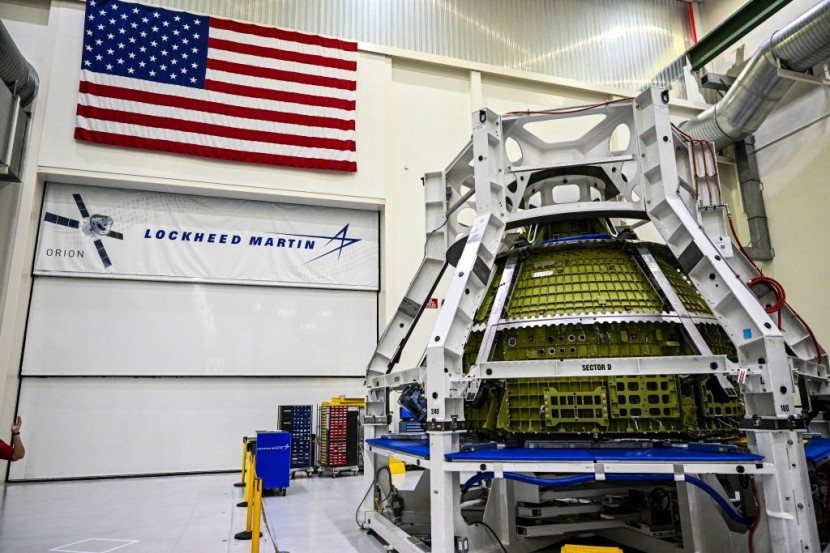The National Aeronautics and Space Administration (NASA) has decided to postpone its plans to bring humans to the moon after experiencing delays in its enormously ambitious Artemis program.
The Artemis Missions
The United States space agency announced that the 10-day Artemis II mission, which was scheduled for November launch this year to test life support systems by sending a crew around the moon and back, would now be delayed until September 2025.
There is also a one-year delay for the Artemis III mission, originally set to deploy four astronauts near the lunar south pole next year, bringing the mission's completion date to September 2026 instead.
Meanwhile, the launch of the Artemis IV mission to the Gateway lunar space station is still set for September 2028.
In a report by The Guardian, NASA said that the program's development teams will be able to work through the delays by collaborating with commercial businesses like Lockheed Martin and Elon Musk's SpaceX.
Bill Nelson, administrator of NASA, said, "We are returning to the moon in a way we never have before, and the safety of our astronauts is Nasa's top priority as we prepare for future Artemis missions."
The US government is planning to build a space station that will circle the moon and a lunar base camp in an effort to create a permanent human presence outside of Earth's orbit. Although sending humans to Mars is the long-term goal, the mission has chosen to revisit the moon to gain more understanding of space before attempting the months-long journey to the red planet.
The first mission of the program, Artemis I, was a success in 2022. NASA sent an unmanned Orion capsule constructed by Lockheed on a 25-day, 1.3 million-mile journey to the moon and back using the powerful Space Launch System (SLS) rocket, which it blasted from Florida. It was crucial to inform NASA about the broken heat shield and other issues that required repair.

For the Benefit of Industry Partners
According to Amit Kshatriya, chief of NASA's moon and Mars exploration strategy, the new timetable recognizes the genuine development hurdles faced by their industry partners, as reported by The Guardian.
Axiom Space, a private company responsible for developing the spacesuits, will have more time to refine its technology due to the postponement of future flights.
Meanwhile, for SpaceX, its mission is to design and build a lunar lander that can reach the moon's surface unmanned, make contact with humans in orbit, and then return them to Earth. Still, in its early stages of testing, the company's Starship system is the biggest and most powerful rocket ever built. While government space organizations try to limit risk-taking, SpaceX claims that failure is an integral part of their development process and has successfully launched two missions but exploded at altitude.
© 2025 HNGN, All rights reserved. Do not reproduce without permission.








